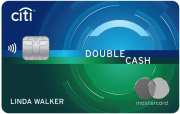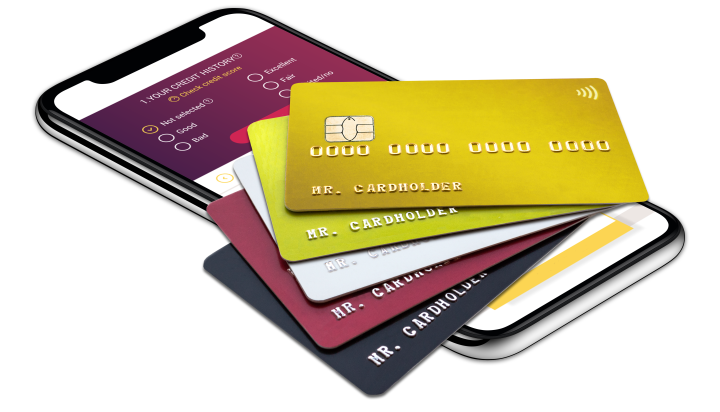The content on this page is accurate as of the posting date; however, some of the offers mentioned may have expired.
Choosing the credit card travel rewards program that's right for you
Shopping for the right credit card travel rewards program can be an overwhelming task. Yes, the marketplace is as crowded with travel rewards programs as an O'Hare Airport terminal during the workweek. And yes, your typical Internet search yields countless programs offering a multitude of different benefits. But no, this wide range of choices shouldn't make you reach for the air sickness bag.
The good news with such a cluttered market is that you can be sure there is a travel rewards program available that is ideally suited for your needs. The challenge becomes identifying the key considerations to be aware of as you search for the program that's right for you.
Look at the Big Picture
Start by looking at the two main criteria when it comes to travel rewards programs: Are you a frequent flier or a frequent buyer?
Frequent Flier - If you're a frequent flier, you currently do quite a bit of airline travel. In this case, you'll probably want to pick an airline card, which rewards you with points for miles traveled. These cards are generally run by the airlines, and points can only be redeemed for a ticket for their flights.
Frequent Buyer - If you don't travel that often, you'd be considered a frequent buyer, and you may want to choose a credit card with a rewards program that isn't restricted to just airlines. These are called cash-back cards, and they award you points for every purchase you make with their card. The points can be redeemed not only for airline tickets, but also discounts on hotels, cars and even straight cash rewards.
Get Down to the Nitty Gritty
Now that you've got those two main criteria established, here are a few things to consider when you're evaluating the cards.
Annual Fees/APR - Airline cards tend to include an annual fee. It can range from $75 on up, and you'll generally need to charge more than $8,000 on an annual basis to recoup the fee.
Many cash-back cards don't have the annual fees of the airline cards. They also tend to deal with a variety of different airlines. Diners Club, for example, had relationships with 25 different airlines for their program.
You'll also want to consider a program's APR if you tend to carry a balance.
Travel Restrictions - While the cash-back card may deal with more airlines and have smaller fees, the drawback is that many of these cards have travel restrictions. That means you can only travel on certain dates and to certain locations. You'll generally need to book your flight well in advance to avoid any pitfalls.
Whether you choose an airline card or a cash-back card, you need to carefully scrutinize the program's fine print.
Points per Ticket - Another key criterion is how many points you need to redeem a ticket. Most cards require 25,000 points to get a ticket. However, some will automatically credit you points up front when you open the account. There are also programs that grant you double points when you purchase plane tickets - points for the dollar amount of the ticket, and points for the frequent flier miles that come with it. There are actually quite a few unique programs that use different formulas to determine points required per ticket.
Intangibles - If the previous items don't yield a clear-cut winner, there are other factors that can make a difference.
- Economic health - What's the economic health of a particular airline? If an airline goes belly-up, your travel points will probably go with it.
- Proximity - If you're a frequent flyer, make sure that your card is from an airline that flies out of your nearest airport, and that the commuter flights they work with are part of the program.
- Tastes - You may prefer certain airlines over the others (seats are more comfortable, flight attendants are more pleasant, etc.).
Side-by-Side Comparison
Now it's time for some comparison shopping. You'll want to make a flow chart, listing on the left-hand side your prioritized list of card attributes. Along the top, you can pen in the credit cards you're researching. Then go to your Internet search engine and check out the multitude of Web sites that have side-by-side comparisons of the various cards. From here on out, the most difficult travel decision you should have to make is whether or not to go with the window seat.
Go With the Flow
Here are some of the items you'll want to consider for your flow chart. You're sure to find more as you do your own research:
- APR
- Annual fees
- Travel date restrictions
- Airlines participating in program
- Expiration date (how quickly do you have to use the points)
- Points
- Proximity to airport
- Economic health of airline





